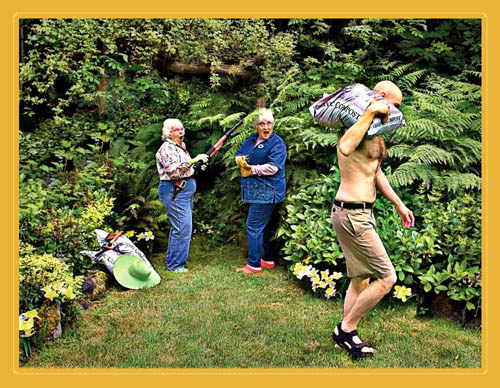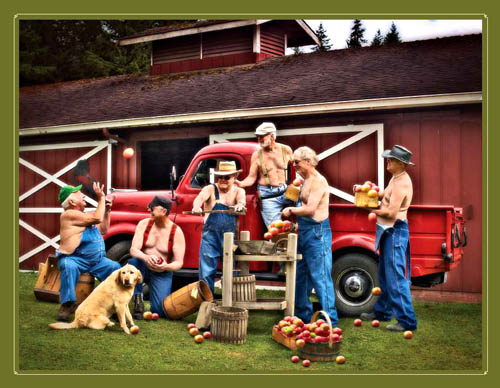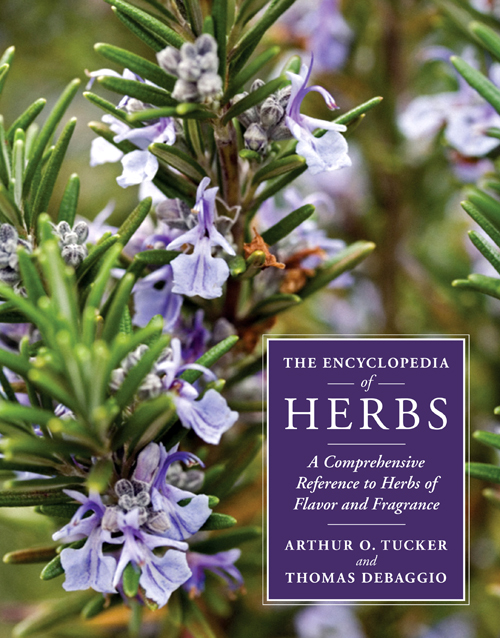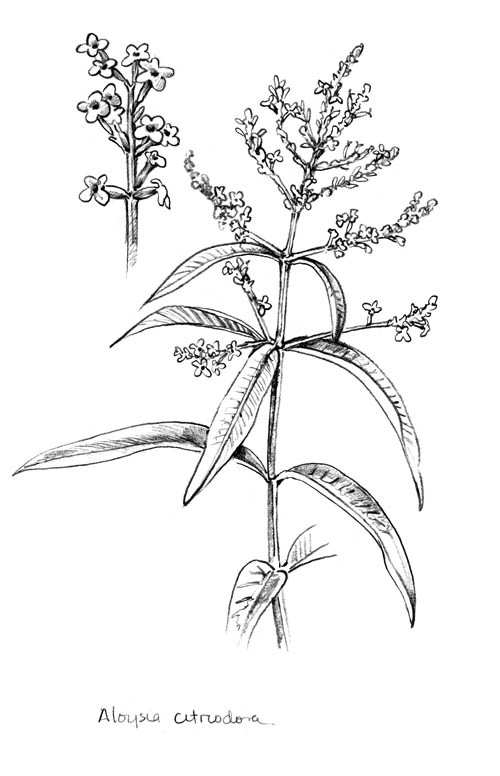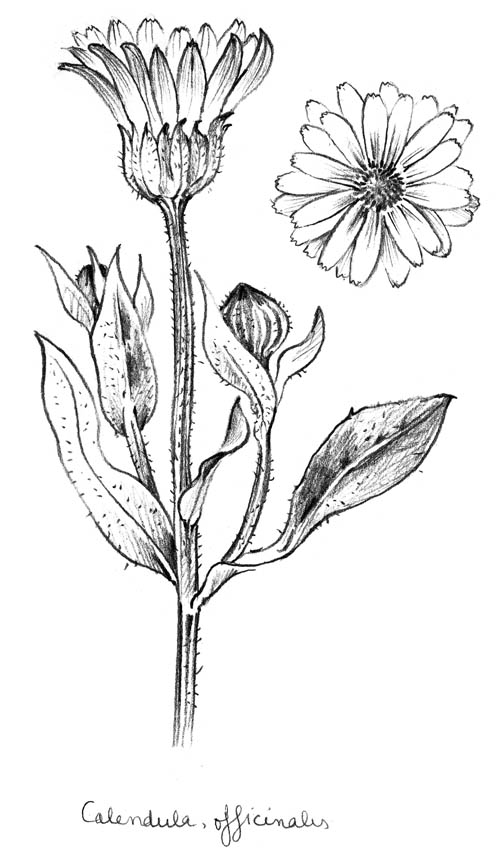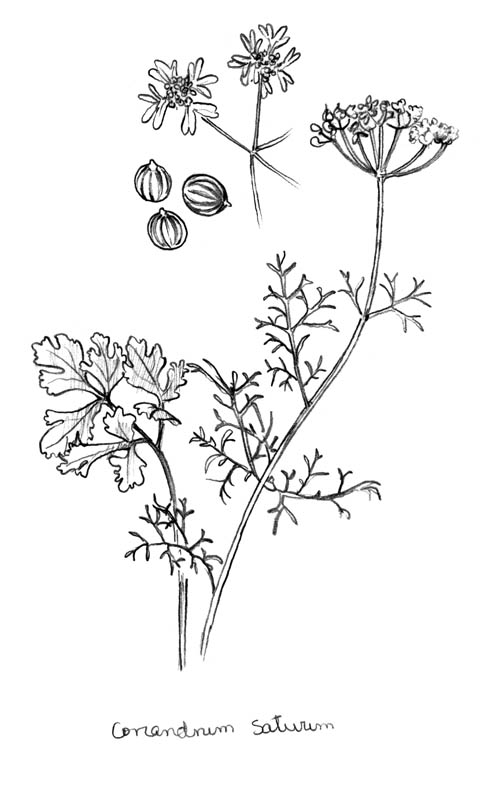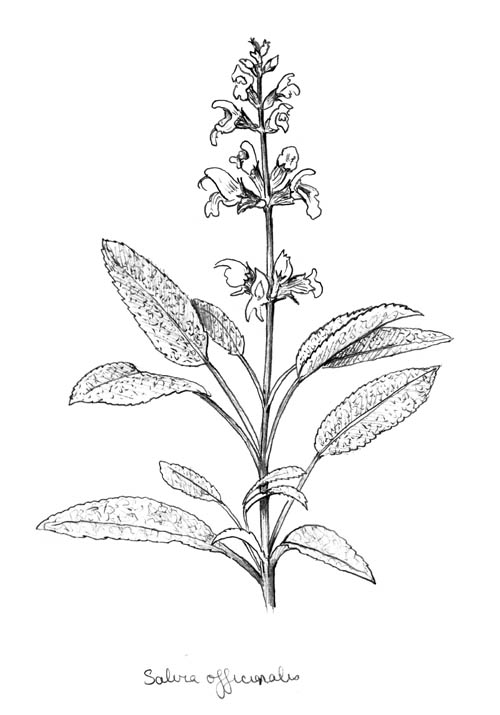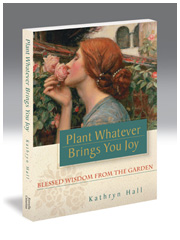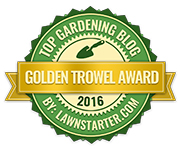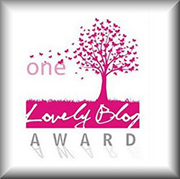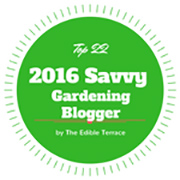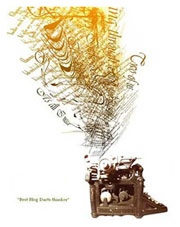
Pumpkin bread just prior to baking
Setting up the Best Brownie Recipe Contest taught me something I did not know. Far fewer women are baking. How could that be? I began this post by looking at what baking is, precisely. Here’s what wiki told me:
Baking is the technique of prolonged cooking of food by dry heat acting by convection, and not by radiation, normally in an oven, but also in hot ashes, or on hot stones. It is primarily used for the preparation of bread, cakes, pastries and pies, tarts, quiches, and cookies.
In short, this is a very very old process. Indeed, when humankind mastered the art of fire, they shifted from a hunter/gatherer lifestyle, to an agrarian lifestyle. And the experimentation of what one could do with various grasses and grains, including the first baked breads, emerged. Our soul memory on baking is extremely old. It’s in our genes.
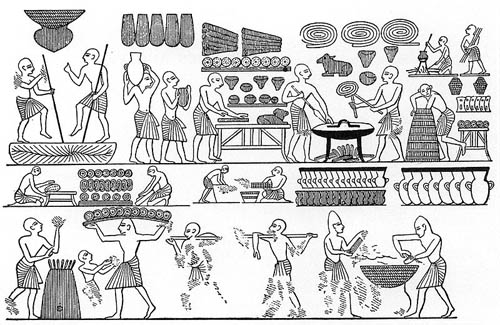
Relief of bakery of Ramses III (12th century B.C.), from his tomb
While I know that many many of my loyal readers do, in fact, bake, my realization is that the majority of women, particularly young women, do not. They are busy and they grab mixes off the shelves of local markets–even health food markets. Here’s what I want you to know.
First, baking is really easy. Impossibly easy. You have access to a zillion recipes in seconds simply by googling. And if you can read a manual, you can read a recipe. And, there are all levels of baking. I’m busy, too. Pick the easy recipes. The fast recipes. If you master one or two or three and you will already be way ahead of your peers, will advance your lifestyle by you won’t believe what quantum number, and your family will never forget that you did.
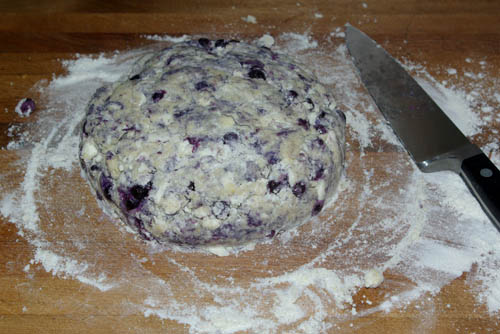
scone dough, so delightfully ancient a thing
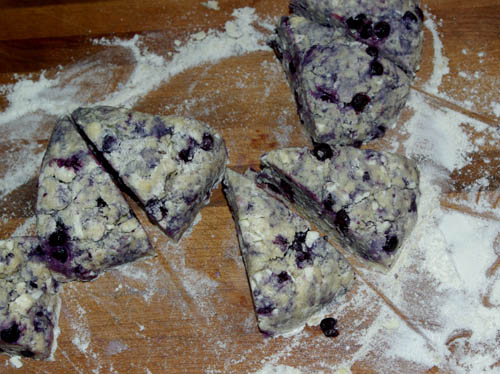
Scones ready for oven–so wonderful in their messiness, and about to be transformed!
Secondly, if you bake you will save tons of money. You may think you are “saving time” by grabbing something off the shelf, but you are spending a lot more of your income. What do you pay for a scone? I make at least eight each week and freeze them as soon as they cool off, each in an individual plastic bag. I have one with tea in the morning. I know I’m getting butter, fresh organic eggs, cream, healthy flour and organic fruit, often blueberries or, in summer, wild blackberries I can pick in my own garden. Let’s see. I am spending under $2.00 for eight scones. What are spending at your local coffeeshop for a muffin? See? And it’s like this with anything you can imagine. You save your money while increasing the value of what’s available to you and your family at any given moment. You have good food on hand.
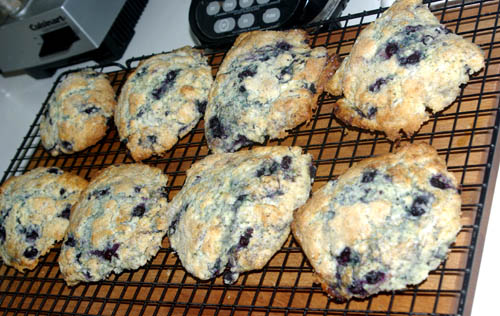
See?
Thirdly, by learning to bake you will change your relationship with yourself by empowering yourself to create food from virtually nothing. Good nothings, but you know what I mean. You can take flour and water and oil and egg and sugar and create something marvelous. Over and over again.
“Nothin’ says lovin’ like somethin from the oven.” ~Pillsbury tagline
In pondering this post I was recalling last evening something my wonderful teacher Angeles Arrien told us about when I was studying anthropology in grad school. She shared that at some point in her early upper education she had participated in a study conducted in nursing homes. The purpose was to find creative ways to impact the well being of those living in nursing homes. These folks found that residents responded very well to the simple act of allowing the smells that come from baking to filter through the air system into their rooms.
Imagine the wonderful delicious smells that come from peach pie, gingerbread, peanut butter cookies, puddings, baked apples, ah, yes, and pumpkin bread, a favorite in our home. Imagine the impact that has on you and your family. It speaks of well being. It speaks of luxury. It speaks of comfort. And it speaks of deep nourishment, which you provide. How do you pay for that, short of a chef?
Lastly, I am obliged to say that baking is really really FUN! Yesterday I found these heart-shaped cookie cutters and I cannot wait for Valentine’s Day as I am already planning to make butter cookies, the very kind I made when Antonia was a little girl, with frosting. Oh, yes I am.
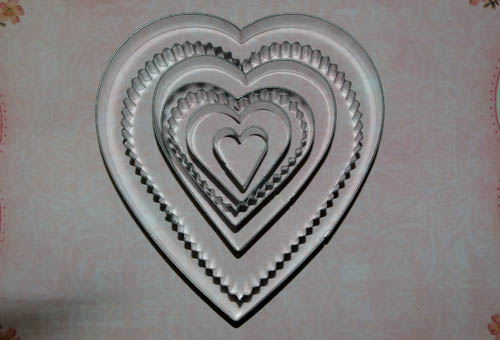
And I stood pondering that teeny heart in the center asking myself, what can I do with that? And realized that the next pie I make with a top crust (though I tend to weave my crusts as I can’t bear not to, they are so amazing) I will embellish with a small circle of hearts. I am excited just to think of it. Am I part Martha?
Love and kitchen blessings!
Kathryn xoxo
Posted on January 16th, 2010 by Kathryn
Filed under: People at Life | 28 Comments »


